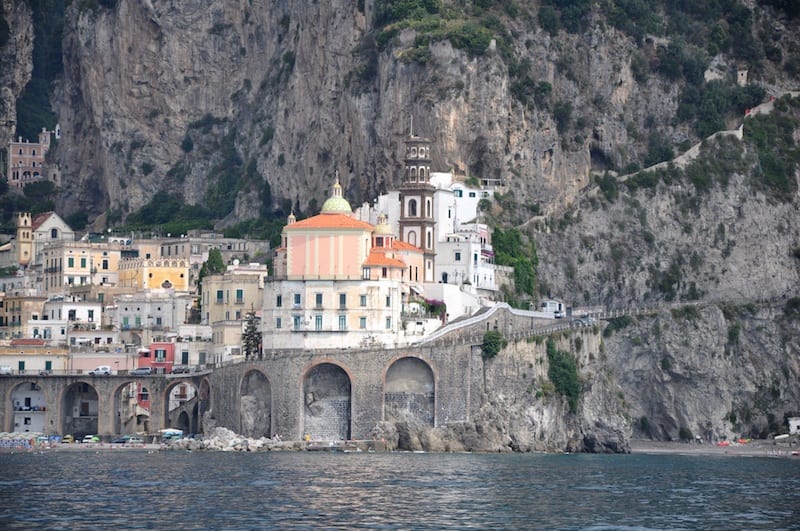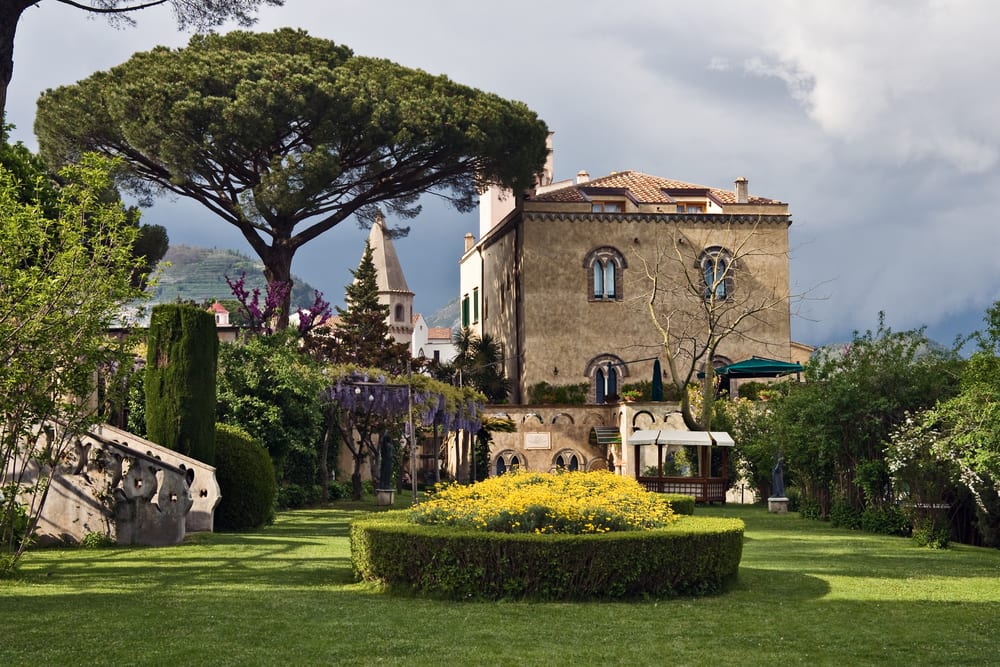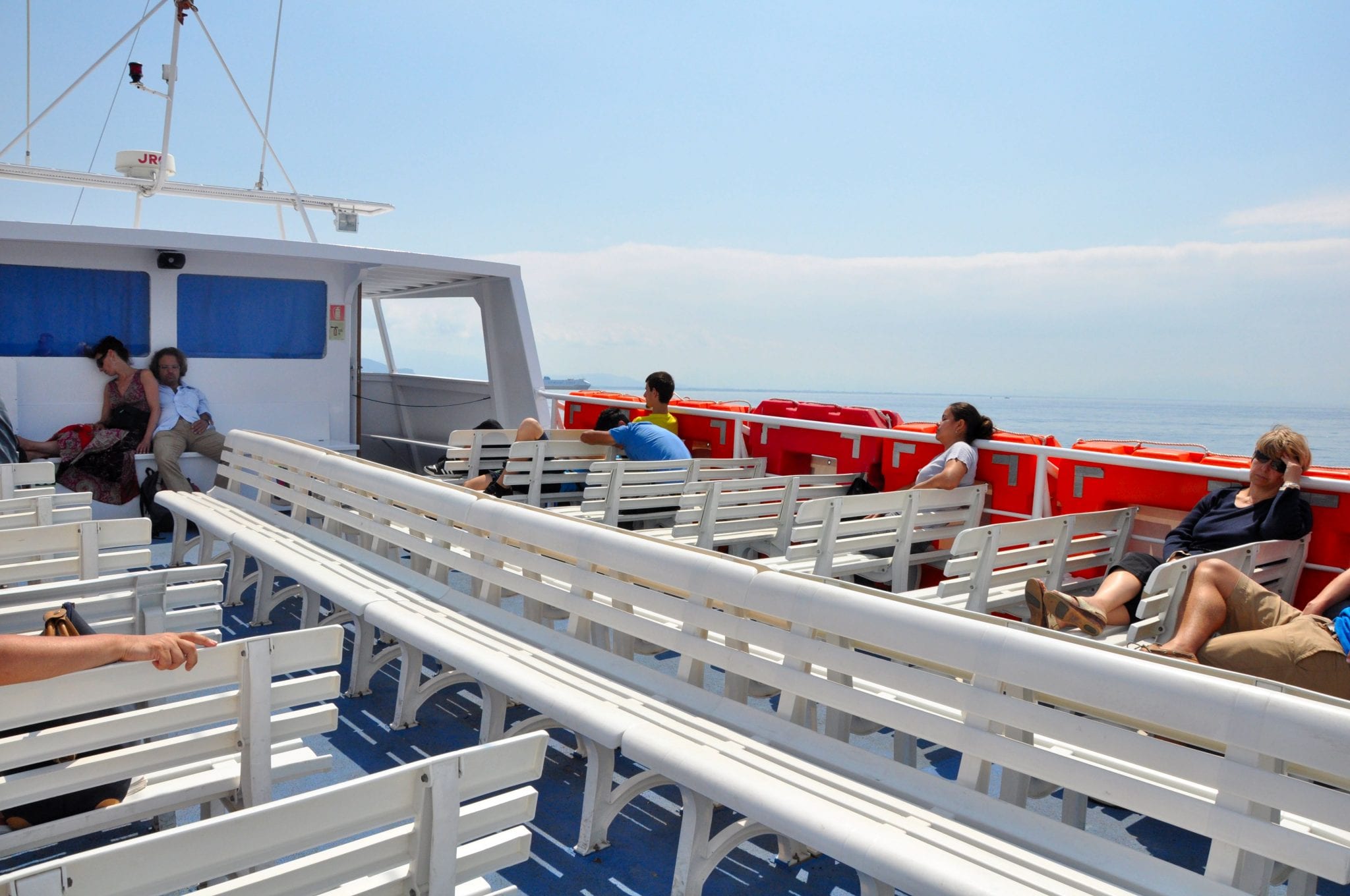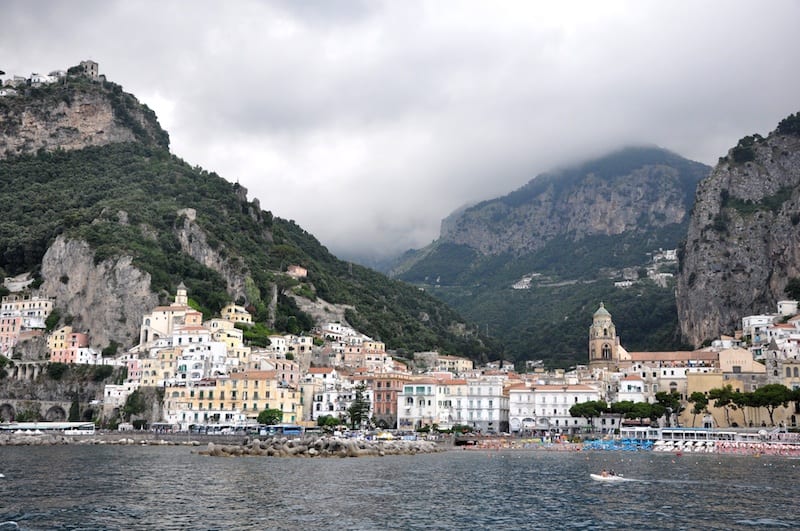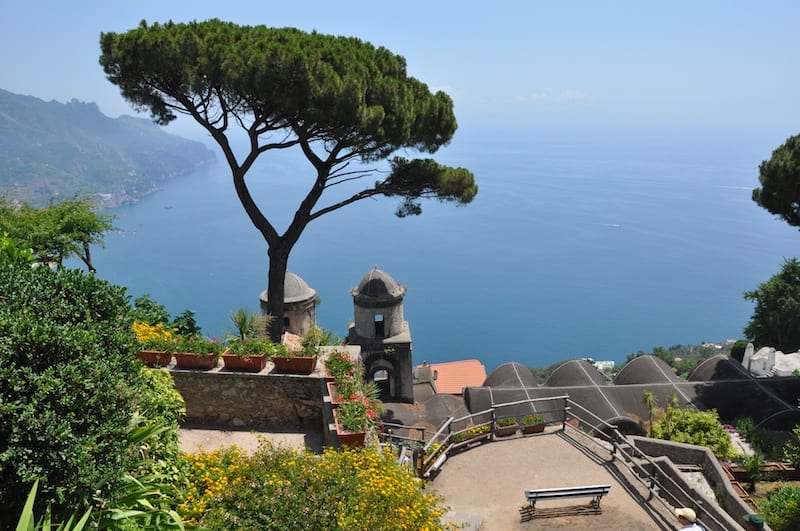
Tips for Sorrento and Positano: Getting the Most Out of the Amalfi Coast
April 27, 2023
The Amalfi coast, and its string of towns from Positano to Sorrento, has been a destination for travelers since, well, ancient Roman times. More recently, everyone from Franco Zeffirelli to John Steinbeck have counted themselves among the costiera amalfitana’s fans.
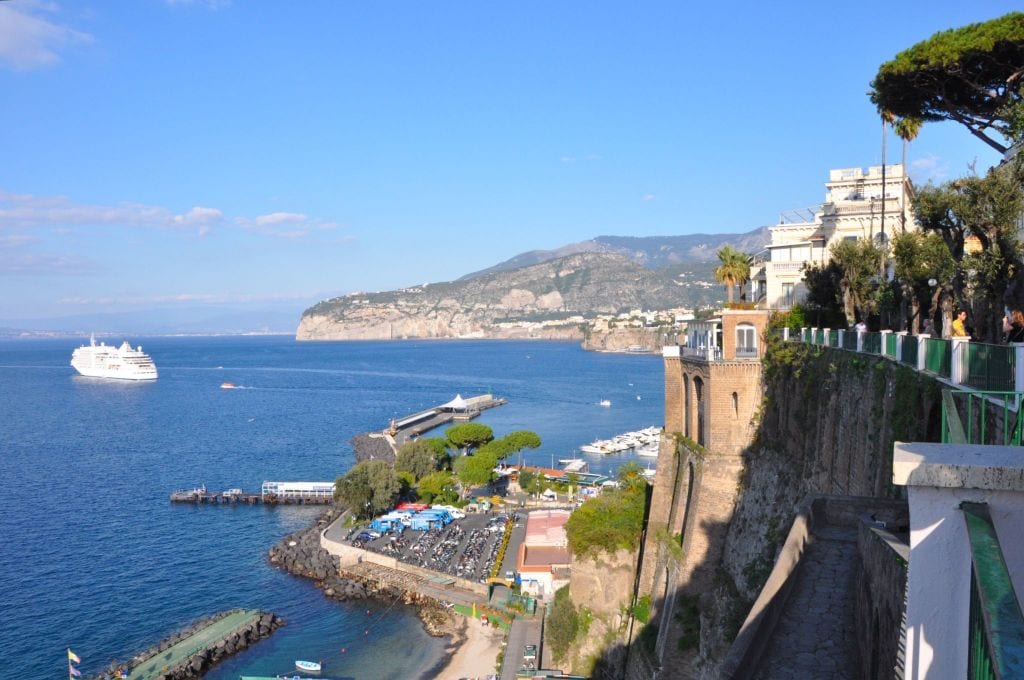
Beautiful Sorrento
The Amalfi coast remains just as popular today. In fact, in the summer, there’s a visitor for every local. This has its downsides: Like in Venice, tons of tourists can mean high prices, mediocre restaurants, tons of souvenir shops, uncomfortably packed buses, and hearing more English than Italian in the street.
That said, the region boasts one of the most spectacular stretches of coastline you’ll ever see. The pastel, ceramic-tiled towns are gorgeous. The limoncello is not to be missed. And, with the region’s proximity to sites like Pompeii and Paestum, you just might be nearby, anyway. Along with the Cinque Terre it’s the most famous stretch of sea in Italy. If you don’t kow which to visit, read our blog on how to choose between the Amalfi Coast and the Cinque Terre.
But whatever you do: don’t avoid the Amalfi coast; just know how to get the most out of it. If you still need convincing, look no further than our 5 must-see sights of the Amalfi Coast. This guide will show you how to see one of the most incredible stretches of coastline in the world without feeling like you spent a ton of money to eat so-so food, or bake on a tiny stretch of sand on a tiny town beach alongside dozens of other Americans and Australians. Believe it or not, it’s not hard. You just have to keep three big things in mind.
Where will you stay? (hint: it doesn’t have to be Sorrento, Positano, or Amalfi Town)
One of the most important considerations when traveling to Amalfi is what town to make your homebase. For its convenience to Naples and Pompeii, many people wind up choosing Sorrento. And, while many people love Sorrento, it might just be the most touristy town in the whole region. Plus, being on the Bay of Naples, it’s not even, technically, on the Amalfi coast.
If the convenience factor is big, but you’d like something less touristy, There are 8 very good reasons to stay in Salerno. (but you’ll have to click through to the blog post to read them).
Another option, which is also super-convenient in terms of transport, is Vietri sul Mare. Other than Salerno, it’s the only Amalfi coast town with its own train station, so you can take the train right from there to Pompeii. The famed Amalfi coast bus also makes a stop at Vietri sul Mare (it’s the second-to-last stop before Salerno). The small town of 8,000 inhabitants is lovely and features a Saracenic tower and medieval churches, with beautiful views of the sea. And it’s famous for its handmade ceramics, which it has been producing since the 15th century.
For another small and tranquil Amalfi town, consider staying in tiny Atrani. With just 900 inhabitants, there’s not much to Atrani — except for medieval churches, a soft sand beach, charming piazza where the locals hang out each night, and a relaxed atmosphere. That’s even though Atrani is just a short walk from its bigger, brassier, more-famous neighbor, Amalfi Town. And, yes, the Amalfi coast bus goes right through Atrani, so it’s easy to get to.
Although the town of Ravello is less convenient than the others — there’s no train station, and you have to switch the Amalfi coast bus at Amalfi to get there — it’s also worth considering. While definitely a resort town, and with its fair share of swanky hotels and restaurants for the small size, being off the beaten bus path means that Ravello is much less inundated with tourists than some of its neighbors. It’s also absolutely breathtaking. You haven’t seen anything like the gardens, and spectacular view over the sea, of the medieval Villa Rufolo. It also has the Villa Cimbrone, a place that was the favored escape of everyone from Virginia Woolf to Greta Garbo. Ravello is also where to come if you’re a music lover: Each summer, the town hosts a world-famous festival with a wide and eclectic selection of artists. Just know that Ravello is some 300 meters above sea level (the reason for those gorgeous views), so if you want to get to the beach, be prepared to take about 1,200 stone steps down to the sea (or a taxi or the bus to Amalfi).
Then there are the lovely towns of Praiano, Scala, Maiori, Minori… and many others. Think beyond the “big three,” and you just might wind up having a cheaper, and better, trip to the Amalfi coast.
How will you get around the Amalfi coast? And will you take the SITA bus?
Transportation is a big theme on the Amalfi Coast. If you want to go as part of a larger trip, we’ve written a blog on how to get to the Amalfi Coast that you will fine very helpful. Once you’re there, you need to get around. The famed Amalfi coast SITA bus is one of those once-in-a-lifetime things people say you have to do. And perhaps they’re right. Watching the bus drivers take on the hairpin curves, so narrow that two vehicles can’t pass each other, with nothing below but cliffs to the sea, is pretty horrifying entertaining.
That said, during the high season (which runs from April through October), this bus is packed. So packed, in fact, that people often wind up standing in the aisle, holding on for dear life, swaying with each curve. It’s a grueling way to travel and it can go on for an hour and a half, depending on the destination. Worse still, many of the buses have very poor/non-existent air-conditioning, which can be tough to handle when summer temperatures get up to 100°F.
Did we mention the motion sickness? If you’re busy concentrating on how to keep your balance, not melt in the heat, and not vomit all at the same time, you probably won’t be all that appreciate of the spectacular views from the bus that people rave about. All of this struck home for us the last time we took the Amalfi coast bus: Halfway to Amalfi from Salerno, one 60-something passenger became so ill and dehydrated, the bus had to stop for 45 minutes… and get her an ambulance.
If any of the above sounds like something you might not want to risk, at least more than once, consider your alternatives.
One other way to get around is the ferry. It’s often faster (one of the most frequent Amalfi to Salerno ferries takes about 40 minutes, opposed to nearly 1.5 hours by bus), less crowded, and gives you beautiful views of the towns from the water. One downside, though, is that the ferries are more expensive than the bus (that 40-minute Amalfi-Salerno ferry cost €7, opposed to €3.60 for the 90-minute bus card). And while most of the ferries are big and stable, if you’re prone to seasickness, consider staying away from the smaller boats or from taking a ride in the choppier fall months.
Ferry lines connect Salerno, Amalfi, Positano, Maiori, and Minori, as well as with farther-flung places, like Naples and Capri. There are a number of different ferry companies; here’s where to check the timetable for Caremar (Naples, Pozzuoli, Procida, Ischia, Capri, Casamicciola, and Sorrento), Coop Sant’Andrea (Amalfi, Capri, Cetara, Minori, Maiori, Positano, Salerno, Sorrento, and Vietri sul Mare), and Gescab (Amalfi, Capri, Positano, and Salerno).
You can also rent a car and drive. Some people love doing this and some avoid it at all costs. Read our blog on how to drive in Italy to see if it’s the right option for you. Finally, you can hire a private driver, an appealing option that, unfortunately, comes with a much higher price tag.
When will you visit the Amalfi coast?
High season isn’t just July and August. On the Amalfi coast (and in many other popular tourist destinations in Italy), high season begins at the end of April and runs through October. That period, of course, has its downsides: Prices are higher, hotels are tougher to book, and the streets (and buses!) will be crowded with tourists.
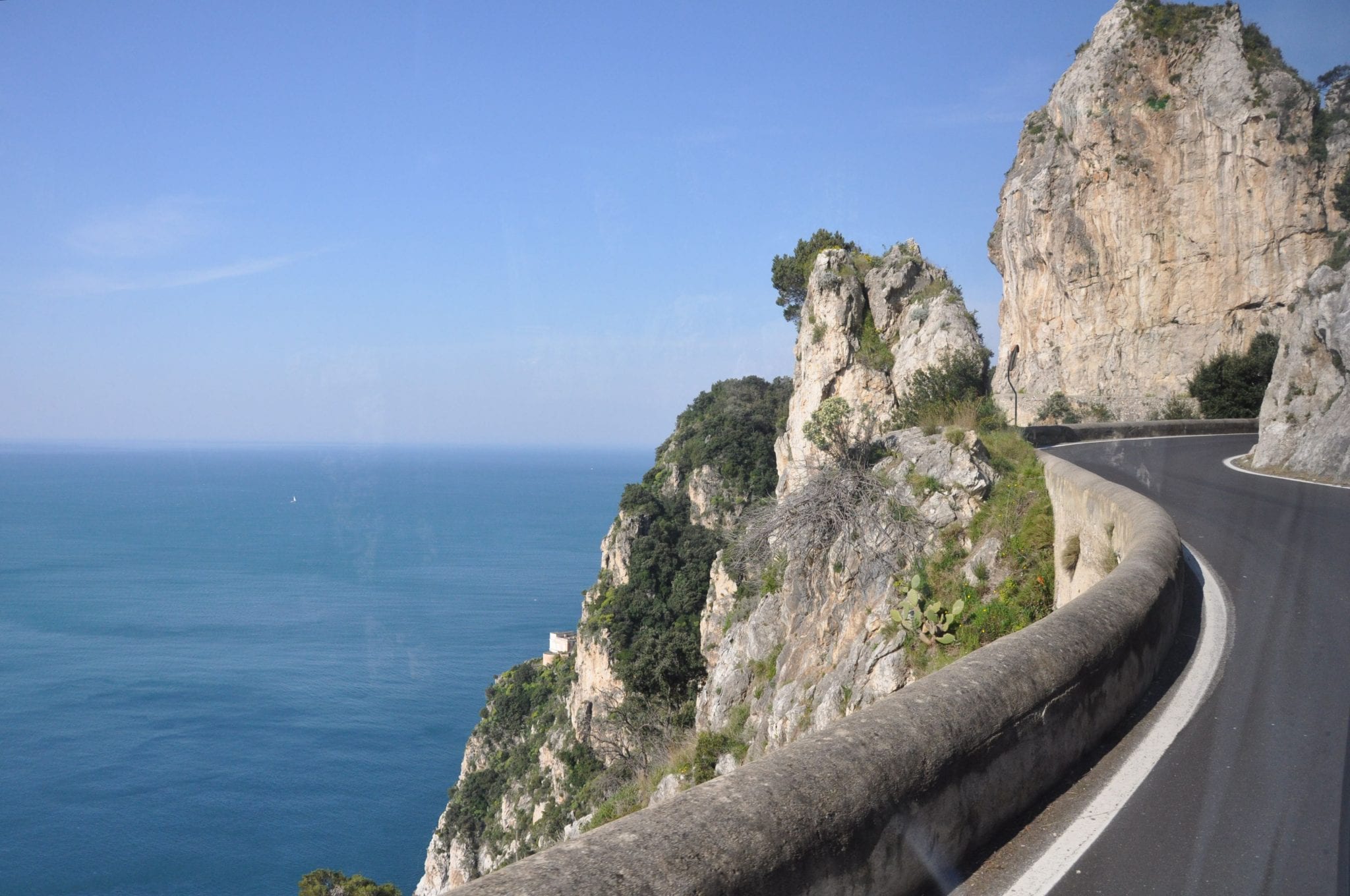
Come in the off-season, and you just might be able to sit all the way up front to get the best views from the Amalfi coast bus — like we did in late March
Traveling to the Amalfi Coast in the off-season
Traveling to the Amalfi coast in the off-season, therefore, can be an attractive alternative. But it has its own complications to consider. For one, those ferries that we just sang the praises of operate regularly only in high season, although sometimes, boats will begin as early as Easter weekend. If the weather is bad, though, as it’s more likely to be in spring or fall, be aware that the boats can be canceled altogether. Coming after November or before March can also mean contending with rain, fog, and cold — a downside for those hoping for the sun-soaked coast.
On the other hand, the bus runs year-round, and is much more comfortable and less crowded in the off-season. (It does run less frequently outside of summer, but it still stops fairly often). Read our blog on how to travel the Amalfi Coast in the off-season to decide if it’s the right time for you to go.
One of the best times to visit the Amalfi, therefore, might just be the shoulder season, either at the end of October or in March or early April. The weather’s often warm (or just warming up), the prices are good, and the crowds either haven’t quite arrived or have just departed. It’s the best of both worlds!
by Walks of Italy
View more by Walks ›Book a Tour

Pristine Sistine - The Chapel at its Best
€89
1794 reviews

Premium Colosseum Tour with Roman Forum Palatine Hill
€56
850 reviews

Pasta-Making Class: Cook, Dine Drink Wine with a Local Chef
€64
121 reviews

Crypts, Bones Catacombs: Underground Tour of Rome
€69
401 reviews

VIP Doge's Palace Secret Passages Tour
€79
18 reviews

Legendary Venice: St. Mark's Basilica, Terrace Doge's Palace
€69
286 reviews










